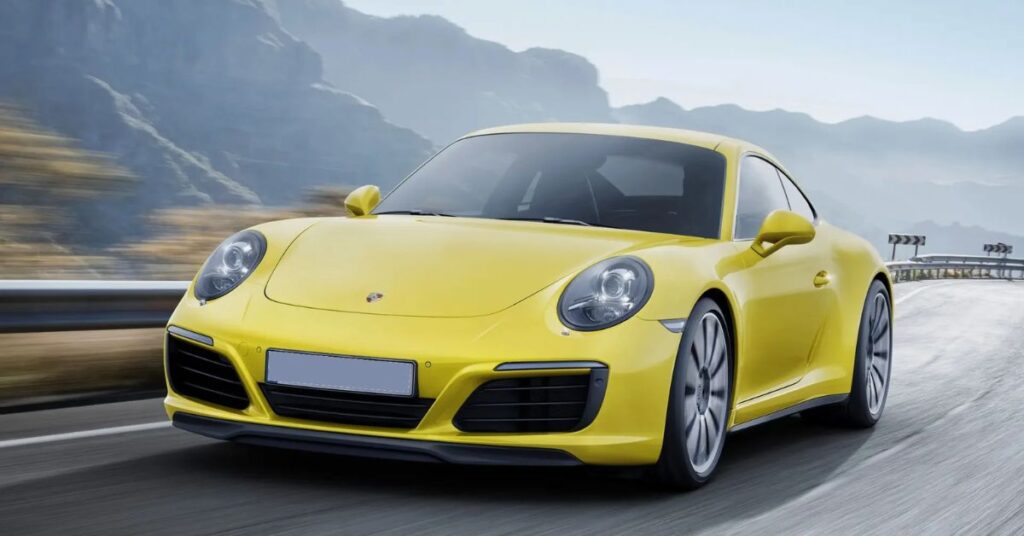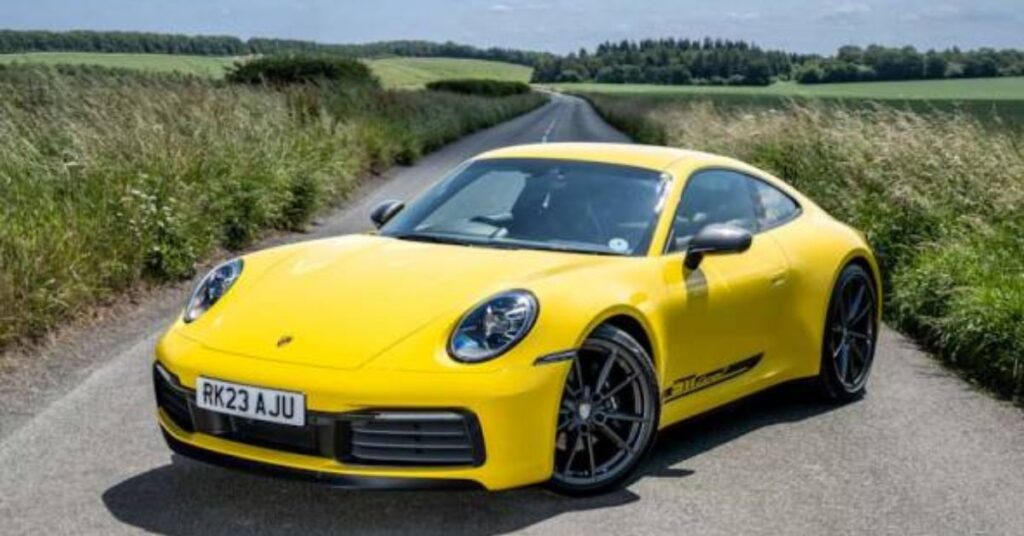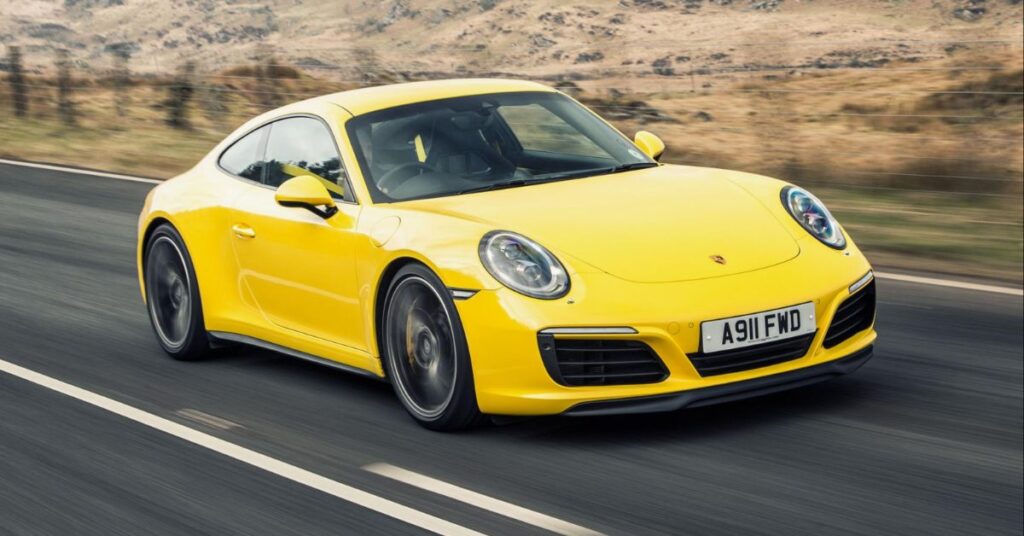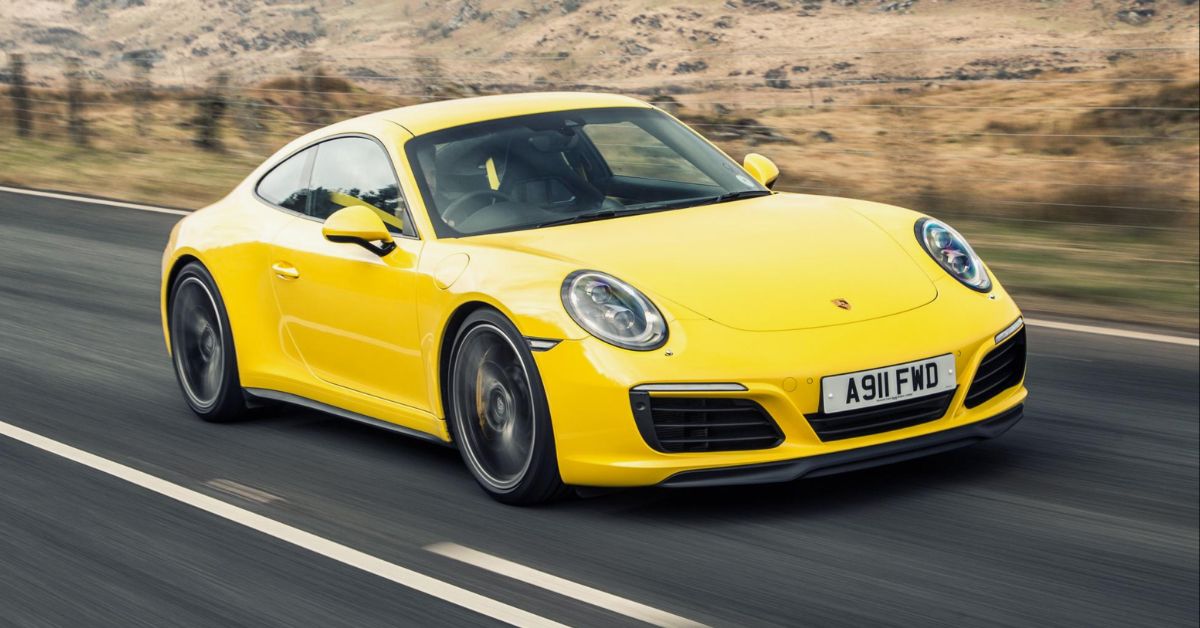The Porsche 911 stands as one of the most iconic sports cars in the automotive world. With its enduring design, cutting-edge performance, and luxurious features, the 911 continues to set benchmarks for driving enthusiasts and premium car buyers alike. This article explores the core elements that make the Porsche 911 a celebrated nameplate—spanning performance, design, safety, and interior luxury.
Overview of the Porsche 911
The Porsche 911 is a high-performance luxury sports coupe manufactured by the German automaker Porsche AG. First introduced in 1964, it has evolved over generations while maintaining its distinctive silhouette and rear-engine layout. The latest 2025 models showcase a blend of modern engineering and timeless design, with options ranging from Carrera to Turbo S and GT3 trims.

Engine and Performance Specifications
One of the defining features of the Porsche 911 is its engine. Depending on the variant, the 911 is powered by a twin-turbocharged 3.0-liter flat-six engine or a naturally aspirated 4.0-liter flat-six engine in higher-performance models like the GT3.
- Base Carrera models produce around 379 horsepower and 331 lb-ft of torque.
- The Carrera S and Carrera 4S increase output to 443 horsepower.
- Performance variants like the GT3 deliver up to 502 horsepower with a redline of 9,000 rpm.
- Transmission options include a standard 8-speed dual-clutch automatic (PDK) or a 7-speed manual for select trims.
According to Car and Driver, the Porsche 911 Carrera 4S can accelerate from 0 to 60 mph in just 3.4 seconds with the PDK transmission, showcasing the car’s exceptional engineering and power-to-weight balance.
Driving Dynamics and Handling
The 911 features rear-wheel drive on base models, with all-wheel drive available on Carrera 4 and Turbo variants. Its near-perfect weight distribution and adaptive suspension management provide a responsive and controlled ride, whether cruising on highways or tackling twisty backroads.
Key driving features include:
- Porsche Active Suspension Management (PASM)
- Rear-axle steering (optional on some models)
- Dynamic engine mounts
- Limited-slip rear differential
These technologies work together to ensure that the Porsche 911 delivers precision handling, reduced body roll, and confident cornering, making it suitable for both daily use and track-day thrills.
Exterior Design and Aesthetics
The design of the Porsche 911 has remained largely consistent, yet every generation introduces refined elements that keep the vehicle modern and aerodynamic. The 2025 models feature:
- Sleek LED matrix headlights
- Wider front and rear fenders for improved stance
- Aerodynamically optimized air intakes
- 19- to 21-inch alloy wheels, depending on the trim
- Retractable rear spoiler
The car’s iconic silhouette, characterized by a long hood, short rear deck, and sloping roofline, ensures instant recognition on the road. Porsche also offers a variety of customization options, including paint colors, wheel designs, and trim accents.
Interior Comfort and Technology
Inside the Porsche 911, luxury meets functionality. The cabin is built with premium materials, including leather, aluminum, and carbon fiber options. The seats are ergonomically designed to provide comfort for both long drives and spirited journeys.
Notable interior features include:
- 10.9-inch touchscreen infotainment system with Porsche Communication Management (PCM)
- 12.6-inch digital instrument cluster
- Apple CarPlay and Android Auto compatibility
- Optional Bose or Burmester surround sound systems
- Dual-zone automatic climate control
- Electrically adjustable, heated, and ventilated seats
The rear seats, though compact, add practicality for short trips or storage. Overall, the 911’s interior combines driver-centric controls with modern digital features for a refined driving experience.

Safety Features and Driver Assistance
The Porsche 911 incorporates a comprehensive array of safety technologies to ensure occupant protection and accident avoidance. Standard and available safety features include:
- Six airbags, including front, side, and curtain airbags
- Electronic Stability Control (ESC) and Traction Control
- Anti-lock Braking System (ABS) with Brake Assist
- Front and rear parking sensors
- 360-degree camera system (optional)
- Adaptive Cruise Control
- Lane Departure Warning and Lane Keeping Assist
- Automatic Emergency Braking and Forward Collision Warning
These safety systems make the Porsche 911 not only a performance vehicle but also a secure and reliable choice for everyday use.
Fuel Economy and Efficiency
Despite being a high-performance vehicle, the Porsche 911 delivers decent fuel efficiency for its segment. According to U.S. EPA estimates:
- Carrera models achieve around 18 mpg in the city and 24 mpg on the highway.
- Turbo and GT models have slightly lower ratings due to increased power output.
Porsche is also moving toward electrification, and some 2025 variants may incorporate mild-hybrid systems to improve efficiency and reduce emissions [source: Porsche Press Release].

Pricing and Variants
The price of the Porsche 911 varies based on the chosen model and customization:
- Carrera: Starting around $114,400
- Carrera S: From $131,300
- Carrera 4S: From $138,300
- GT3: Approximately $182,900
- Turbo S: Around $230,400
Optional packages, interior upgrades, and performance features can significantly affect the final cost.
Conclusion
The Porsche 911 remains a standout choice in the sports car segment, delivering a perfect balance of power, luxury, and design. Its advanced technology, iconic look, and engaging performance appeal to a wide audience, from casual drivers to serious enthusiasts.
Whether navigating city streets or conquering the racetrack, the 911 provides an experience that blends heritage with innovation. For those seeking a vehicle that excels in performance without compromising comfort and safety, the Porsche 911 continues to be a benchmark.
